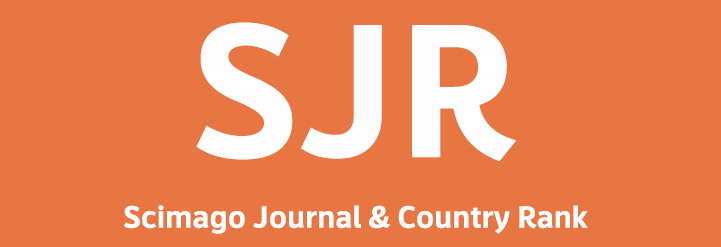PROPOSED CO2 HYDRATE TECHNOLOGY APPLICATION FOR CARBON CAPTURE AND STORAGE IMPLEMENTATION IN INDONESIA
DOI:
https://doi.org/10.29017/SCOG.40.2.41Keywords:
CO2 capture, CO2 hydrate, GHG, CCSAbstract
Carbon Capture and Sequestration (0r Storage)—known as CCS needs to be implemented in various development activities in Indonesia including downstream oil and gas industry because the government of Indonesia has adopted the Paris Agreement on Greenhouse Gas Emissions Reduction. Various capture techniques have been developed for capturing CO2 from post combustion emission. One of the new approaches considered for capturing CO2 and hence reducing to atmospheric emissions is based on gas hydrate (crystallization) technology. The basis of the technology is the selective partition of the target component between the hydrate phase and the gaseous phase. It is expected that CO2 is preferentially trapped and encaged into the hydrate crystal phase compared to the other components. Previous study found that the gas/hydrate equilibrium pressure and temperature for the fl ue gas mixture in the range of 7.6 MPa and 11.0 MPa at 274 K and 277 K respectively, are inappropriate to the downstream oil and gas industrial reality because the operating cost will be expensive to compress the gas to the hydrate formation pressure. Suitable hydrate promoters including Tetrahydrofuran (THF) and Sodium Dodecyl Sulfate (SDS) can be used to achieve moderate hydrate formation pressure and energy consumption appropriate to the industrial reality. In the presence of THF and SDS about 62.3 Nm3/m3 CO2 hydrate can be formed at 30 bar pressure and 274 to 277 K temperature within around 15 minutes reaction time.Many experiments result indicates that continuous hydrates formation will be feasible for scale-up to industrial settings including downstream oil and gas industry emission reduction if the technology assures an optimal contact between gas and liquid phases plus the proper hydrate promoter. However, compared to current international carbon credit, the feasibility of onshore CO2 abatement cost in downstream oil and gas industry sensitively depends on the distance of CO2 hydrate pipeline transportation.
References
___ ; Gas Hydrate For Deep Ocean Storage Of CO2, Aker Kvaerner Technology, Oslo, 2004.
Castellani, B., et al. 2013, Carbon Dioxide Capture Using Gas Hydrate Technology, Journal of Energy and Power Engineering, pp 883-890, Perugia,Italy.
Chen, C., et al. 2014, Equilibrium Hydrate Formation Conditions of CO2+N2+SO2 Ternary Simulated Flue Gas in SO2 and Tetra-n-butylammonium Bromide Containing Aqueous Solutions, Journal of Chemical Engineering Data, pp 103–109.
Grant, T., et al. 2014, Carbon Dioxide Transport and Storage Costs in NETL Studies, National Energy Technology Laboratory, US Department of Energy.
Darajati, W., 2012, Implementasi Rencana Aksi Nasional Penurunan Emisi Gas Rumah Kaca, Diskusi Panel Perubahan Iklim Kementerian Perencanaan Pembangunan Nasional? Bappenas Jakarta.
Kumar, A., et al. 2013, Infl uence Of Contact Medium and Surfactants On Carbon Dioxide Clathrate Hydrate Kinetics. Fuel, 105, 671.
Kumar, A., et al. 2014, Impact of Fly Ash Impurity on the Hydrate-Based Gas Separation Process for Carbon Dioxide Capture from a Flue Gas Mixture, Industrial & Engineering Chemistry Research, American Chemical Society.
Liu, N. et al. 2008, Effects Of Additives On Carbon Dioxide Hydrate Formation, Proceedings Of The 6th International Conference On Gas Hydrates (ICGH).
Downloads
Published
Issue
Section
License
Copyright (c) 2018 SCIENTIFIC CONTRIBUTIONS OIL AND GAS (SCOG)

This work is licensed under a Creative Commons Attribution 4.0 International License.
Authors are free to Share — copy and redistribute the material in any medium or format for any purpose, even commercially Adapt — remix, transform, and build upon the material for any purpose, even commercially.
The licensor cannot revoke these freedoms as long as you follow the license terms, under the following terms Attribution — You must give appropriate credit , provide a link to the license, and indicate if changes were made . You may do so in any reasonable manner, but not in any way that suggests the licensor endorses you or your use.
No additional restrictions — You may not apply legal terms or technological measures that legally restrict others from doing anything the license permits.














